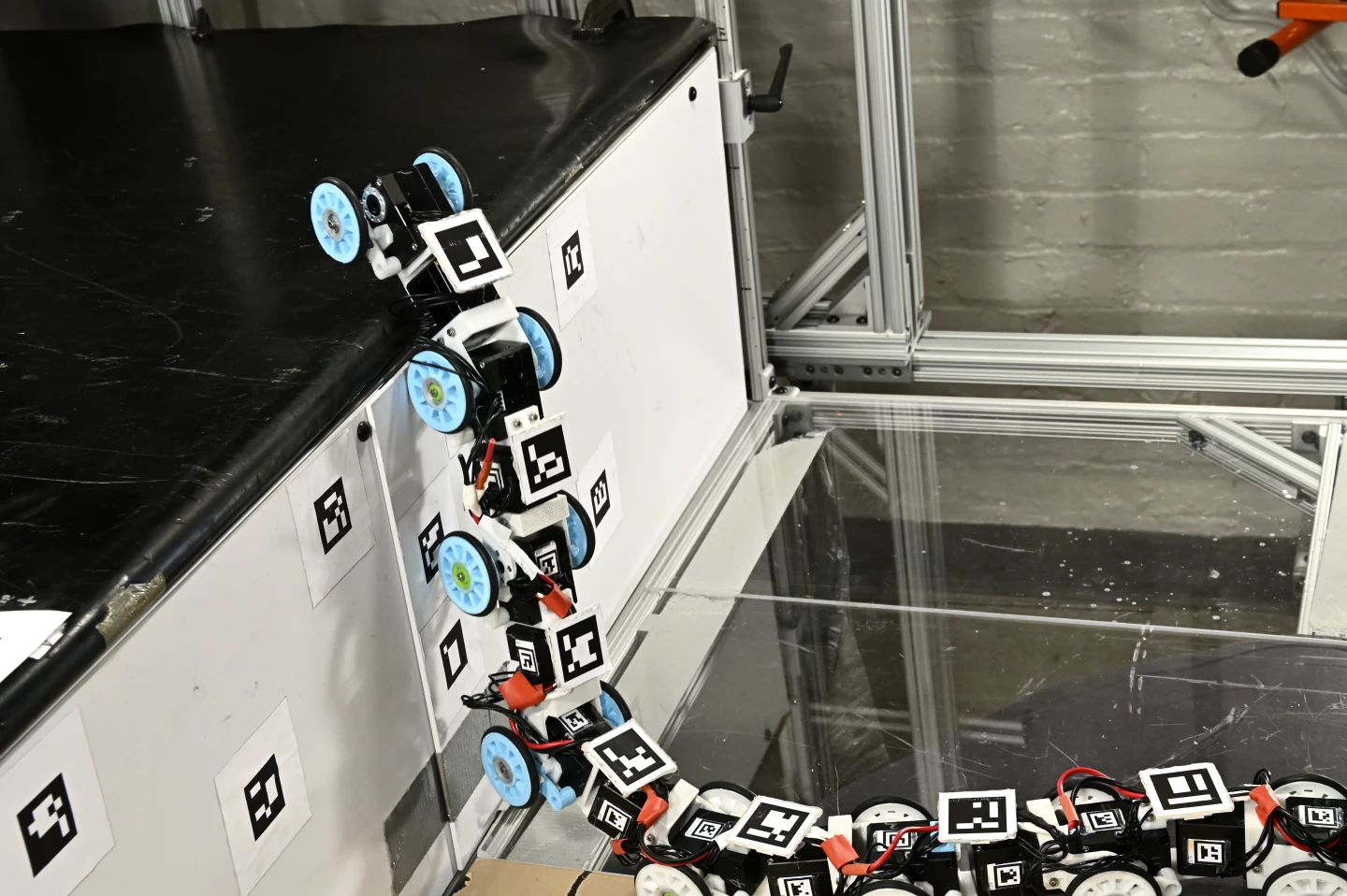Engineers from Johns Hopkins have looked to how snakes move around to inform the design of a nimble new robot. It is hoped that the development could lead to search and rescue bots able to tackle all kinds of obstacles with ease.
"We look to these creepy creatures for movement inspiration because they’re already so adept at stably scaling obstacles in their day-to-day lives," said senior author on the study, Chen Li. "Hopefully our robot can learn how to bob and weave across surfaces just like snakes."

Observing how a variable kingsnake climbed up steps of varying height and having different surfaces, the researchers noted that the snake combined lateral undulation with cantilevering. When faced with a step, the reptile seemed to partition its body into three – the front and rear both moved back and forth while the middle section remained stiff.
When approaching a step, the front section would increase in length, the middle section would remain roughly the same and the rear section would be shortened. Speed would be reduced and the wriggling would be less pronounced for higher steps or those with slippery surfaces, to help maintain stability.
After examining video recordings of the snakes, graduate student Qiyuan Fu set about building a snake-inspired robot. An early version of the 10-segment, wheeled crawler had stability issues when faced with steps, often flipping over or getting stuck. The engineers reduced its roll instability by inserting a suspension mechanism between each one-way wheel and segment of the body.
Now able to push itself against a surface when climbing, the snake-bot could pretty much nail steps "as high as 38 percent of its body length."

The team notes that its robot almost matched the speed of the animal that inspired it. But the addition of the suspension does mean that it needs more juice to operate than earlier robots from other studies. The engineers will continue to work on the snake-bot with a view to making it capable of taking on more complex obstacles over a 3D terrain.
A paper on the project has been published in the Journal of Experimental Biology and Royal Society Open Science.
Source: Johns Hopkins University







